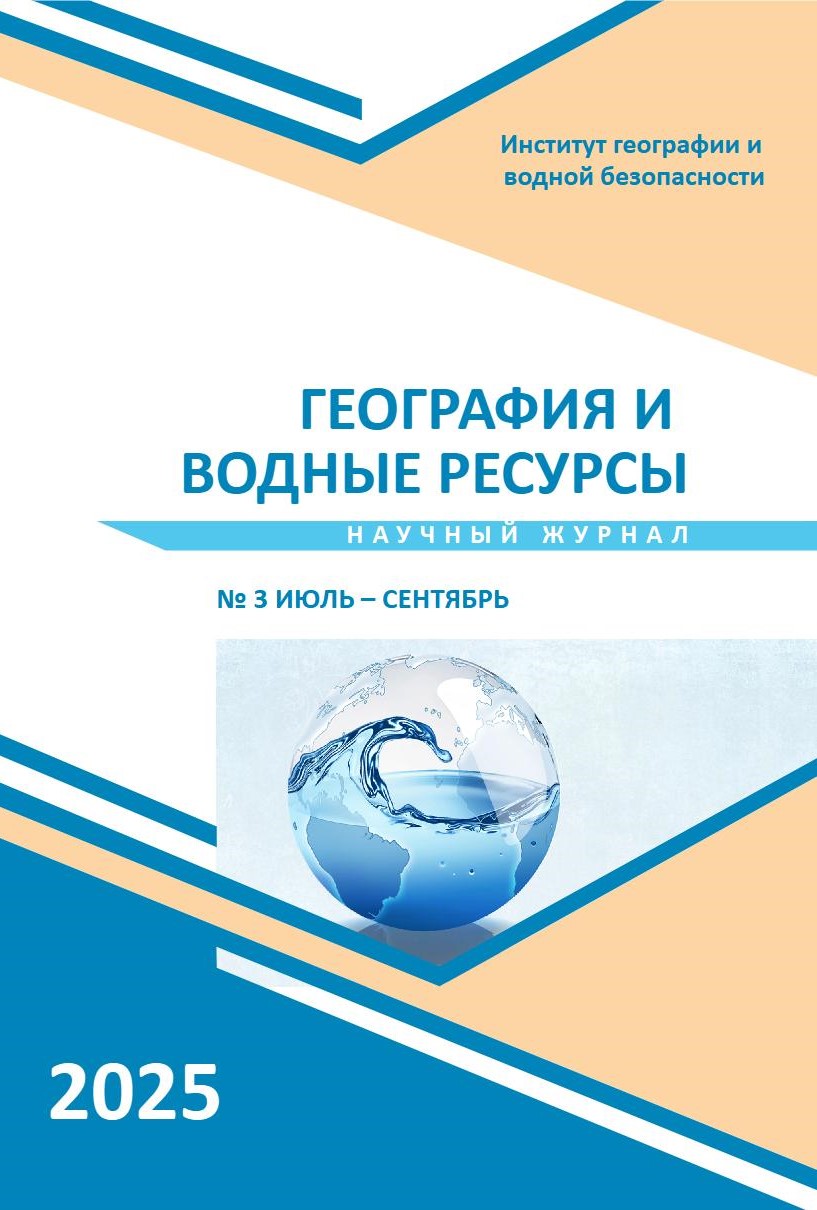ANALYSIS OF FACTORS INFLUENCING TOURISM DEVELOPMENT IN XINJIANG BASED ON REGRESSION ANALYSIS
Main Article Content
Abstract
With the rapid growth of China’s economy, the tourism sector in Xinjiang has also shown steady expansion, becoming an important driver of regional economic development. Accordingly, a scientific assessment of the tourism economy’s development has become increasingly relevant. Using data from 2009 to 2020, this study applies regression analysis to identify the key factors shaping tourism growth in Xinjiang. Total tourism revenue (Y) was used as the dependent variable, with independent variables including tourist arrivals (X₁), passenger traffic (X₂), tourist person-days (X₃), tourism turnover (X₄), and inbound overnight visitors (X₅). The initial regression analysis revealed strong multicollinearity among X₁, X₂, and X₄ (VIF > 10), which necessitated the use of stepwise regression to refine the model. The final model demonstrated that tourist arrivals (β = 1.108, p < 0.001) and tourism turnover (β = 0.409, p < 0.001) exert the greatest influence on revenue, explaining 91% of the variance (adjusted R² = 0.91, F = 56.696, p < 0.001). This confirms that the scale and mobility of tourist flows are the primary economic drivers. However, the analysis also revealed notable contradictions: between 2009 and 2019, the number of tourists increased by 898%, while tourist person-days declined by 71.5%, indicating shorter stays and weaker engagement. A negative correlation between revenue and passenger traffic (r = –0.489) suggests overburdened infrastructure. Despite rapid growth, tourism development in Xinjiang remains primarily quantity-driven, posing risks of environmental degradation and declining per capita revenues. Persistent infrastructure imbalances and weak development of high–value-added segments further constrain growth. Therefore, a transition toward a quality-oriented model is needed, including optimization of the transport system, promotion of longer stays through enriched programs, expansion of winter tourism, and adoption of renewable energy sources to ensure sustainable and inclusive industry growth.
Article Details
References
Geng, Siqi. (2022). A Study on the Relationship Between Tourism and Economic Growth in Xinjiang. Journal of Xianyang Normal University, 37(6), 48–56.
He, Shuang. (2019). Construction and Application of Mathematical Models in Regression Analysis. Tiangong, (2), 146–147.
Yang, Xueqi. (2016). A Study on the Performance of the Tourism Industry in Xinjiang and Its Influencing Factors (Master’s thesis). Beijing Jiaotong University.
Mayila·Mutailipu. (2010). Analysis of Major Factors Affecting the Tourism Economy in Xinjiang. Heilongjiang Science and Technology Information, (11), 87–165.
Feng, Ying & Zhang, Junmin. (2017). Spatial Differentiation and Influencing Factors of Tourism Economy: A Discussion Based on Statistical Work in Xinjiang. Regional Research and Development, 36(4), 99–104.
Zhang, Wanbo. (2021). Spatial–Temporal Evolution and Influencing Factors of Tourism Efficiency in Xinjiang (Master’s thesis). Xinjiang University.
Yang, Shuangwu & Zhao, Xianhui. (2022). Analysis of Influencing Factors of Tourism Economy: A Case Study of Dali. China Collective Economy, (6).
He, Xiaoqun. (2019). Fundamentals and Applications of Regression Analysis [Book]. Beijing: Renmin University of China Press.
Xu, Suxu. (2022). Regression Analysis of Tourism Industry Revenue in China. Fortune Times, (3), 153–155.
Huang, Wenxia & Li, Min. (2019). Analysis of Key Factors Influencing Tourism Development Based on SPSS Data Analysis. Journal of Electromechanical Engineering, Kunming University of Science and Technology, (1).

